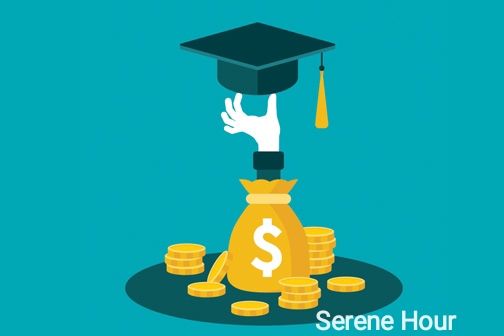
Let’s address the elephant in the room – the biggest failures of the current government is launching sweeping ‘policy changes’ in the country with abysmal and at best haphazard implementation. One of the major concerns of Education experts in the country regarding the NEP 2020 is how has the government planned on implementing its grand education reforms? With no clear outlines on how it will put into action its proposed changes in the education system. Let’s take a critical look at the New Education Policy 2020.
How does the government plan on financing the new education reforms?
The NEP 2020’s, key reform in the current education system is reforming the rote learning system to a greater emphasis on hands-on learning and understanding of core concepts through practical work.
According to a report by IMD, “India ranks 62nd in total public expenditure on education per student and measures of the quality of education (pupil-teacher ratio in primary and in secondary education”. With such low GDP expenditure on education not to mention a severe lack of skilled teachers how will the government implement hands-on learning?
How will the government fulfill the gap of skilled teachers in rural areas? It is easier to cram 50 pupils in one classroom and make them rote memorize but much harder to teach through ‘hands-on practical learning’ whilst imparting individual attention to each pupil.
One of the key roadblocks to the policy implementation in India is the lack of skilled teacher workforce. According to the Hindu, “The government needs to fill 12 lakh vacancies of school teachers; only 10% of government schools in the country have access to computers and just 4% have network connectivity”.
Moreover, the NEP places great emphasis on learning ‘skills of the 21st century’; it proposes teaching students skills such as coding in the 6th standard. What the government hasn’t mentioned is how will they supply the infrastructure, e.i, computers to pupils to practice coding and how will they close the gap of recruiting skilled teachers who can teach coding at school level? According, to NEP 2020, the state government and central government will increase GDP spending on education by 6%. However, the GDP has fallen from 4.14% of GDP in 2014 to 3.2% in the fiscal year 2020.
Also read: Coaching Centers take the burn under the new education policy
In conclusion, one of the major barriers to the successful implementation of any structural reform including the NEP 2020 lies in understanding ground-level challenges and creating detailed strategies on overcoming them. While the New Education policy is a much-needed education reform it is highly ambiguous in detailing how the State and Central government will adequately allocate finances to see through the policy reforms.
Additionally, looking at the present government’s track record when it comes to policy reforms be it – demonetization or the COVD19 the lockdown. They have not been planned or thought through. The government rarely factors in the challenges of the middle and lower class population who largely left to fend for themselves. The policy will only be successful if policymakers are able to bridge the chasm between idealistic policies that look good on paper but fail abysmally in reality.